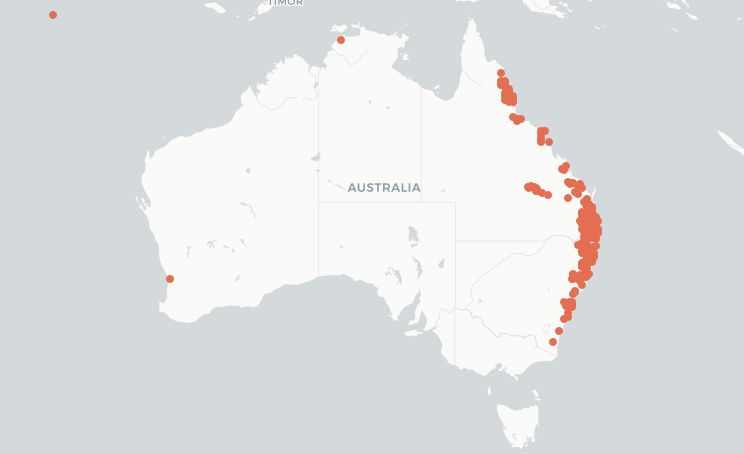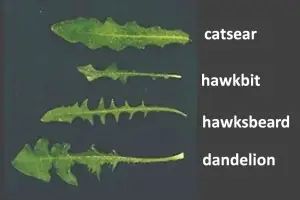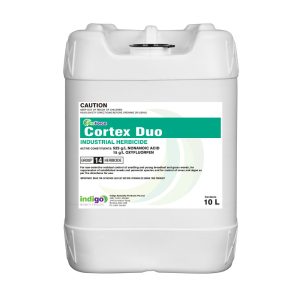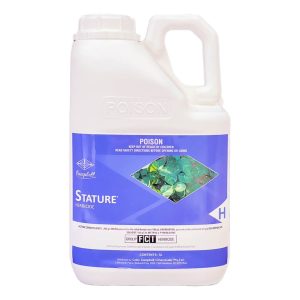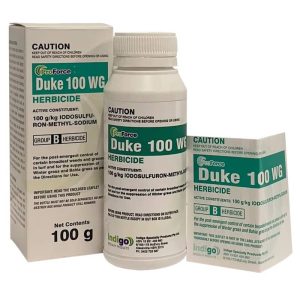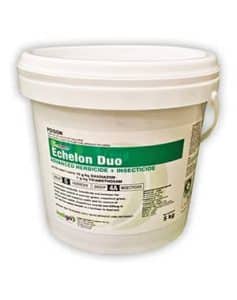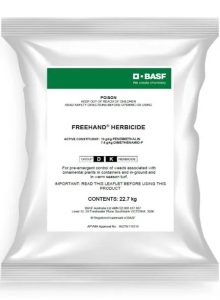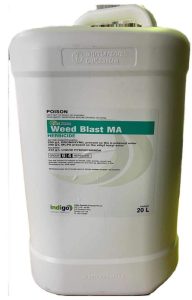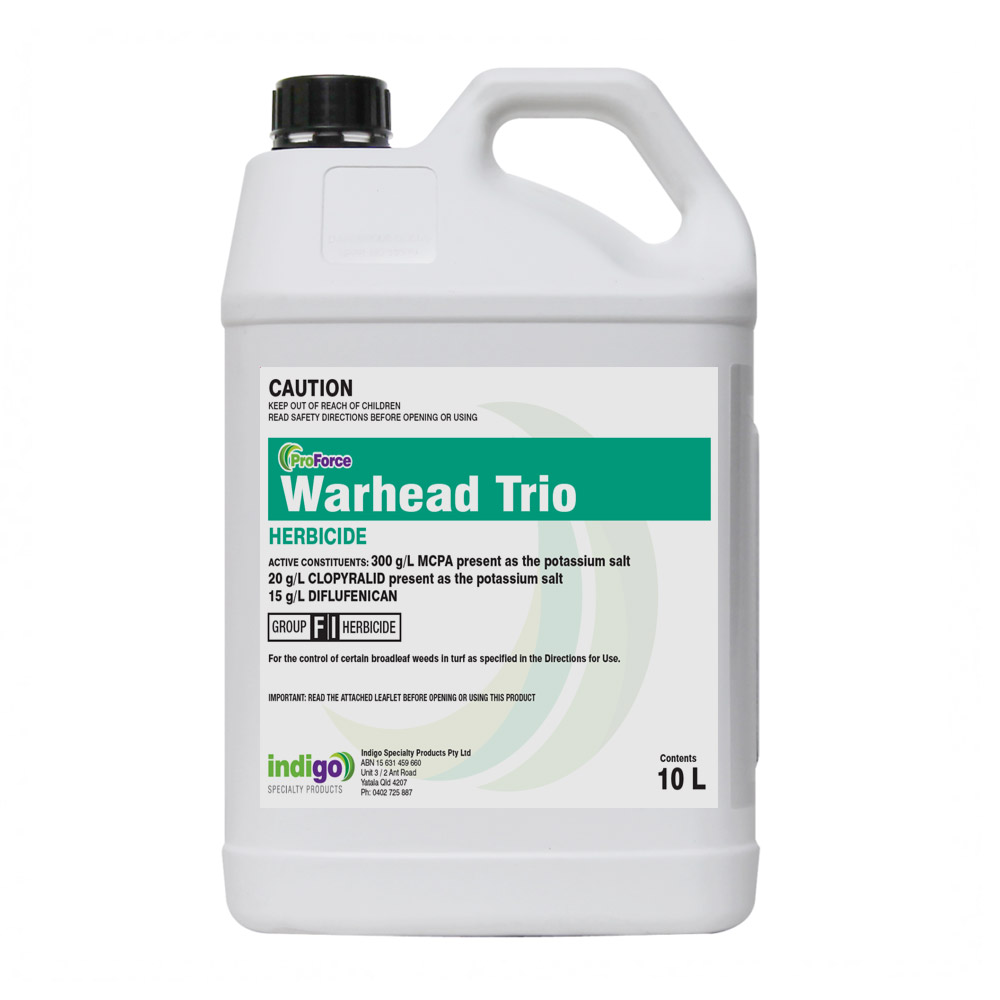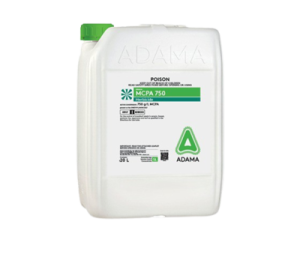Oriental False Hawksbeard (Youngia japonica).
Oriental False Hawksbeard (Youngia japonica) is an highly invasive, annual and bi-annual weed of waste ground, cultivated fields and roadsides. In Australia it is generally found on the east coast, from Sydney north.
After you finish reading this, you will be able to:
- Identify Oriental False Hawksbeard.
- Know the habitat of Oriental False Hawksbeard..
- Know the best cultural and chemical options to control False Hawksbeard or Youngia japonica.
Why is Oriental False Hawksbeard a Weed?
- It has a deep taproot that helps it to survive in drought conditions.
- At high density, False Hawksbeard interferes with grass growth.
- It looks unsightly.
- Hawksbeard interferes with the growth of native species.
Other Common Rosette Type Weeds.
Plant | Rosette | Annual or Perennial | Stems | Leaves | Flower Colour | Comments |
Dandelion | Yes | Perennial | Single unbranched and hollow. None or have minimal leaves. | Deeply toothed or lobed (point backwards). | Single Yellow flower per stalk, made of many small florets | When the stem or leaves are cut exudes sap. Open up when the sun is out, and then close at night. |
Capeweed | Yes | Annual | Several branches with a hollow core | Hairy undersides | Yellow with black centre | |
Catsear | Yes | Perennial | Multiple, branches. None or have minimal leaves. | Club shaped and sometimes hairy | Yellow. Made up of numerous tightly packed florets. | Has milky sap in its stems and leaves. Needs the sun for the flowers to open in the morning. Once open can't close for at least 3 hours. |
Gazania | Yes | Annual | No leaves | Hairless on the upper surface, woolly white hairy underneath. | Yellow | |
Fleabane | Yes | Annual, Biennial or short lived Perennial | Starts as a rosette and then grows tall, upright flower stems. | Elongated with bluntly toothed to deeply lobed margins. | Small tufted white daisy like flowers | |
Oriental Hawksbeard | Yes | Annual | Single leafy, branched main stem. | Hairy and emit a milky sap | Yellow | |
Sowthistle | Yes | Annual, biennial or perennial | Several branches, hollow stalks | Adult leaves are serrated and deeply lobed. They have a major triangle-shaped lobe at the tip of the leaf. | Yellow with several flowers per stalk | Open up when the sun is out, and then close at night. |
- As Youngia japonica is an annual, it needs bare soil to establish every year. Perennial weeds like Dandelion and Catsear only need to establish once.
- Hawksbeard has branched, leafy flower stems, unlike Dandelion and Catsear.
- The lobes of Dandelion leaves tend to point down to the leaf base. Hawksbeard lobes point directly outwards.
The image below is courtesy of Massey University in NZ.
How to Identify Oriental False Hawksbeard.
False Hawksbeard is an herbaceous weed with a solitary, erect growth habit. Mature plants have a circular basal rosette of leaves and a single main stem. This stem branches near the top to produce a small number of flower stalks.
The leaves are fairly large and broad, with deeply lobed margins toward their base. They have a cover of short, bristly hairs. The reddish stem has a cover of short hairs.
Category: Dicot weed.
Photosynthetic Pathway: False Hawksbeard is a C3 Weed.
Flower: The bright yellow flowers are on short stalks. The flowers are about 12 mm in diameter, and each has up to 20 circular, golden-yellow ray petals.
Height: Hawksbeard is up to 60 cm high with a hairy base.
Leaf length: The Leaves are 1.5 to 2 cm long, attached at the base and on an aerial stem. They are oblong or obovate, and the terminal lobes are larger than the basal ones, with a large terminal segment, The leaf margins are finely toothed, with a smooth, glossy surface.
Leaf width: The leaves of Youngia japonica are 1 to 5 cm wide.
Dispersal: Hawksbeard reproduces only by seeds. These look like dandelion seeds, and disperse by wind, water & people.
Comments: The lower leaves are simple, hairy, and have a lobed margin. The hairless, linear upper leaves are the same as those along the flower stalk. The leaves and stem exude a milky sap if they are damaged.
Habitat: It will grow in almost any soil type, in semi-shade or no shade, but it does require moist soil.
Oriental False Hawksbeard is a good soil indicator weed of moist soils. For more information check out our weed ID Chart.
How to Control Oriental False Hawksbeard.
You can control Oriental False Hawksbeard by cultural and chemical means.
Cultural Control of Hawksbeard.
- Hand weeding is easy to do but you must remove both above-soil and underground plant parts.
- Ideally remove Oriental False Hawksbeard before it matures, and becomes well rooted in the ground.
- Mowing to remove False Hawksbeard is ineffective. This weed regrows if any root remains.
- The key to its control is to remove it before it seeds.
- If you maintain a thick, dense grass canopy it promotes healthy turf, and gives turf grass a good chance of to outcompete Oriental False Hawksbeard.
Chemical Control of Hawksbeard.
Pre-emergents for Oriental False Hawksbeard.
These are currently not registered in Australia for this weed.
- Oxadiazon (Echelon or Echelon Duo) every 3 months, gives good prevention of Hawksbeard.
- The NZ label for Esplanade, has a registration for Oriental False Hawksbeard.
- BASF Freehand.
- Onset 10GR.
Selective Post Emergents for Hawksbeard.
Currently there are several options available for selective post-emergent control of Oriental False Hawkweed in Australia.
- ProForce Warhead Trio.
- Stature Herbicide.
- Dicamba. Do not use Dicamba on Buffalo grass
- Duke Herbicide.
- ProForce Contra M. Do not use Contra M on Buffalo grass.
Table of Selective Post Emergent Herbicides for Oriental False Hawksbeard Control.
Product | Active | Chemical Group | Rate/Ha | Comments |
Contra M. | Dicamba + MCPA | 4 | 6.5L | Apply in 250-400L water. DO NOT use on Buffalo grass. After use do not mow for 2 days before or after use or fertilize within two weeks. |
Dicamba | Dicamba | 4 | 1.2L + 3.2L of 2,4-D Amine 625g/L | Use a minimum of 1000L/Ha water. Do not spray on Buffalo or Bent Grass. |
Duke | Iodosulfuron | 2 | 100g | Always use an NIS or Overtake Oil. Use in 200-500 L/ha water. |
Weed Blast MA | Bromoxynil + MCPA | 6 + 4 | 3-6L | Apply in a minimum of 500L/Ha water. DO NOT mow for 2 days after use. |
Warhead | MCPA + Clopyralid + Diflufenican | 4 + 12 | 5L | You may see discolouration on kikuyu, carpet grass and Queensland blue. Avoid overlapping. Use an NIS. |
Non-Selective Control of Oriental False Hawksbeard.
There are resistance issues with paraquat and diquat to Hawksbeard.
You can use Glyphosate as a non-selective control, which means if you want to treat this weed in your lawn you will have to spot treat the weed.
The following are non-selective but also have a long term residual and stop weed re-growth.
- Renegade. This stops weeds for up to 12 months, and reduces the need for multiple herbicide applications.
- Numchuk Quad. Gives effective post and pre emergence weed control for up to 12 months.
- Cortex Duo. Gives a rapid knockdown of Oriental False Hawksbeard (Youngia japonica), and residual control for up to 3 months. Cortex Duo is safe to use around trees.



